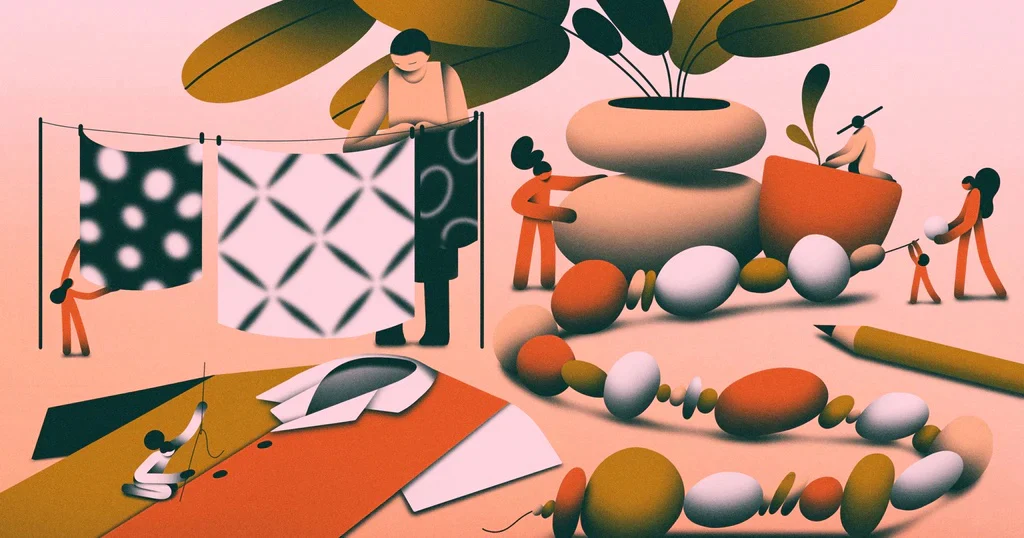Creating digital art allows you to unleash your creativity and produce unique and captivating visuals. In this guide, we will explore DIY techniques and tools that can help you craft one-of-a-kind digital artwork, whether you’re a beginner or an experienced artist.

1. Digital Drawing Tablets:
a. Choosing the Right Tablet: Select a digital drawing tablet that suits your needs and budget. Consider factors such as pressure sensitivity, screen size, resolution, and compatibility with your preferred digital art software.
b. DIY Tablet Stand: Build a DIY tablet stand using materials like wood, cardboard, or a tablet holder. This provides a comfortable and ergonomic drawing position.
2. Digital Art Software:
a. Exploring Free Software: Experiment with free digital art software options such as Krita, GIMP, or Autodesk SketchBook. These programs offer a range of features for digital painting, drawing, and editing.
b. Custom Brushes: Create your own custom brushes within the digital art software to achieve unique textures, effects, and strokes. Experiment with brush settings to match your artistic style.
3. Digital Painting Techniques:
a. Layering: Utilize layers in your digital art software to work on different elements separately, making with different blending modes and texture brushes to add depth and realism to your digital paintings. Play with opacity, brush size, and pressure sensitivity to achieve desired effects.
4. Incorporating Traditional Art Elements:
a. Scanning Traditional Artwork: Scan your traditional artwork, such as sketches or paintings, and import them into your digital art software. Use these as a base layer or reference for your digital creations.
b. Mixing Traditional and Digital Techniques: Combine traditional art mediums (e.g., watercolor, ink) with digital elements to create unique and textured digital artwork. Scan or photograph the traditional art and import it into your digital workspace for further editing and enhancement.
5. Texturing and Brushwork:
a. Experimenting with Textures: Incorporate textures into your digital artwork by creating or importing them into your digital art software. Experiment with blending modes and opacity to achieve desired effects and depth.
b. Custom Brushwork: Design and create your own custom brushes using textures, shapes, or patterns. Use these brushes to add intricate details and unique brush strokes to your digital art.
6. Collaboration and Online Communities:
a. Join Digital Art Communities: Engage with online communities and forums dedicated to digital art. Connect with fellow artists, share your work, and learn new techniques and tips from experienced artists.
b. Collaboration Projects: Participate in collaborative projects or challenges to push your artistic boundaries and exchange ideas with other artists. Collaborate on joint art pieces or explore new themes together.
Conclusion:
Crafting unique digital art is a rewarding and limitless creative journey. By exploring the DIY techniques and tools mentioned in this guide, you can develop your digital art skills and create captivating and personalized digital artwork. Remember to experiment, practice regularly, and seek inspiration from other artists. Embrace your own style and push the boundaries of digital art to unleash your full artistic potential. Enjoy the process of creating unique digital masterpieces!